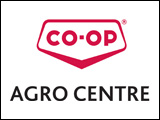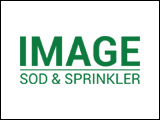A professor of veterinary medicine with the University of Minnesota says, despite continuing problems with the spread of PRRS, the North American pork industry is a lot better at managing the infection today.
Porcine Reproductive and Respiratory Syndrome, or PRRS, is a viral infection that causes reproductive failure in the sow herd as well as poor performance in growing pigs and is considered the most costly infection we have in the North American pork industry today.
Dr. Bob Morrison, a professor of veterinary medicine with the University of Minnesota, says we’ve got excellent diagnostic tools and there are vaccines available both killed and live which vary in their ability to protect but he believes the live vaccines have a role to play in the growing pig herd and in the sow farm depending on the likelihood of infection.
On the one hand there’s a great deal of frustration with PRRS because we’ve been putting a lot of time and effort and money into trying to understand better ways to control it.
PRRS, being a virus, is quite transmissible both within a sow farm and across sow farms.
There’s been fairly nice work to show that it can spread quite easily on equipment, of course within pigs but also through the air at certain times of year and many farmers still struggle with PRRS so there’s a great deal of frustration with it.
On the other hand we know a lot more than we did in recent years again with regards to diagnostics, with regards to control and so while it’s frustrating that farms get re-infected we’re a lot better at managing the infection today.
Dr. Morrison says veterinarians and producers are less willing to live with PRRS in the breeding herd so, if a herd does become infected there’s almost immediately a series of steps put into place to eliminate the virus so producers can wean negative pigs because those pigs will perform better.



